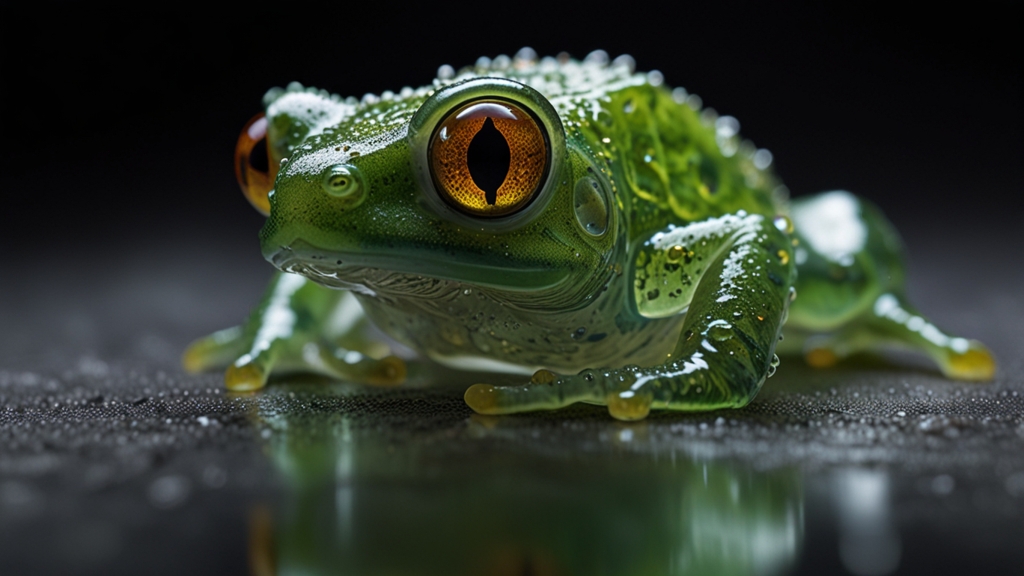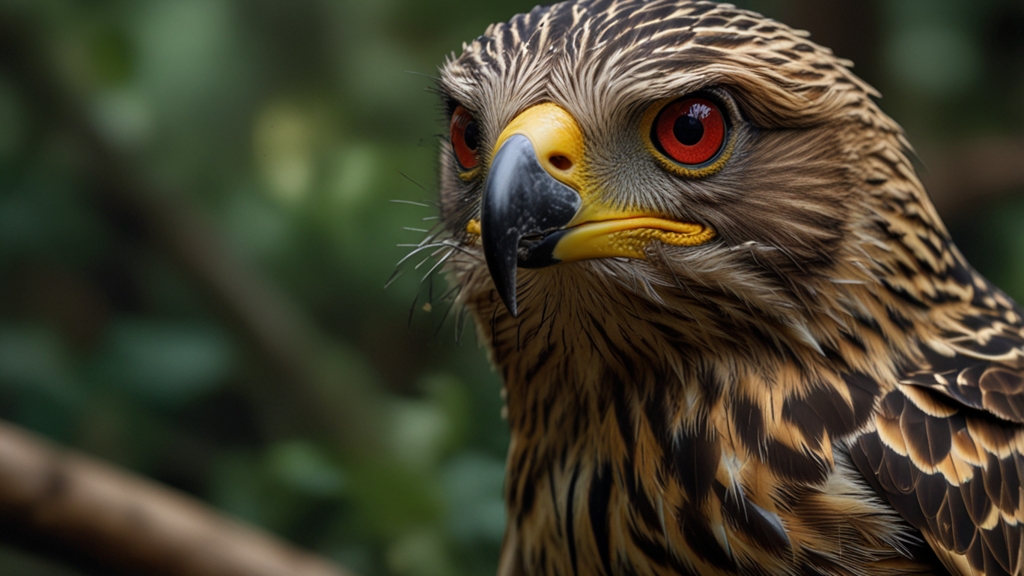Resilience in the Wild: Stories of Endangered Species Survival
The world is filled with extraordinary creatures, each playing a unique role in the ecosystem. However, many of these species are now facing the threat of extinction, largely due to human activities. Despite these challenges, there are stories of incredible resilience and survival among endangered species. These stories inspire hope and demonstrate the adaptability and strength of wildlife in the face of adversity. Here we delve into some remarkable tales of endurance and recovery.
The Majestic Amur Leopard
Widely considered one of the most endangered big cats in the world, the Amur leopard roams the temperate forests of the Russian Far East and northeastern China. These stunning creatures were pushed to the brink of extinction by habitat loss, poaching, and human encroachment. At one point, fewer than 30 individuals remained in the wild.
Through concerted conservation efforts, the Amur leopard population has shown signs of recovery. Protective measures, such as anti-poaching patrols and habitat restoration, have played a critical role in this resurgence. Today, the Amur leopard population has increased to over 100 individuals, a testament to the effectiveness of targeted conservation strategies.
"The Amur leopard's comeback is a powerful example of what concerted global efforts can achieve," says a conservationist working in the region. "It gives us hope that with the right support, even critically endangered species can thrive again."
The Tenacious Leatherback Turtle
The leatherback turtle, the largest of all living turtles, has been navigating the world's oceans for over 100 million years. Despite this long history, the species has faced dramatic declines, primarily due to fishing practices, poaching, and marine pollution. Leatherback turtles are listed as vulnerable, with some populations critically endangered.
However, recent efforts to establish marine protected areas and enforce fishing regulations have started to make a difference. In key nesting sites around the world, community-led conservation programs have made significant strides in ensuring that more hatchlings make it to the ocean each year.
"Seeing more leatherback hatchlings survive and reach the sea each season is incredibly rewarding," notes a marine biologist involved in the conservation efforts. "It's a sign that our collective work is starting to turn the tide for these ancient mariners."
The Indomitable Black Rhino
Once roaming the savannas and grasslands of Africa in great numbers, the black rhino population experienced a severe decline due to relentless poaching in the 20th century. Their horns, highly valued in the illegal market, almost led to the species' complete eradication. By the early 1990s, only around 2,300 black rhinos were left in the wild.
Despite these dire circumstances, the black rhino has shown a remarkable resilience. Through rigorous anti-poaching measures and translocation projects, which move rhinos to safer areas, their numbers have been steadily increasing. As of recent estimates, there are now more than 5,500 black rhinos in the wild.
"Every black rhino that we are able to save and protect is a small victory against extinction," says a wildlife ranger. "Their survival is proof of the resilience of nature when supported by human compassion and action."
Conclusion
The stories of the Amur leopard, the leatherback turtle, and the black rhino illustrate the incredible resilience of nature against staggering odds. While these stories are heartening, they also serve as a reminder of the fragility of our planet's biodiversity. Conservation efforts have proven that when humans rally together for a cause, significant positive changes can occur.
It is essential to continue supporting conservation initiatives, enforcing protective legislation, and raising awareness about endangered species. Only then can we ensure that future generations also experience the wonder of these remarkable animals—animals that, against all odds, have shown incredible resilience in the wild.










